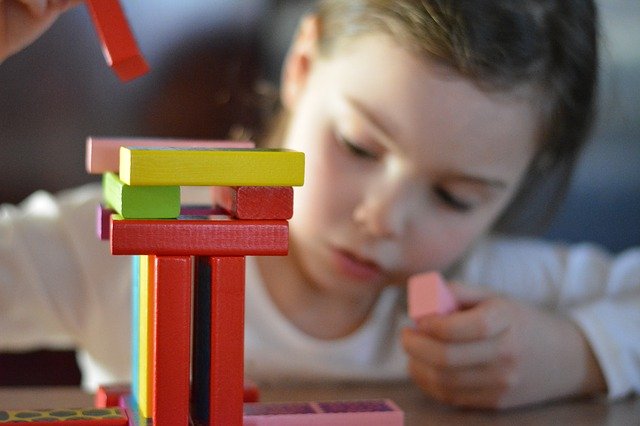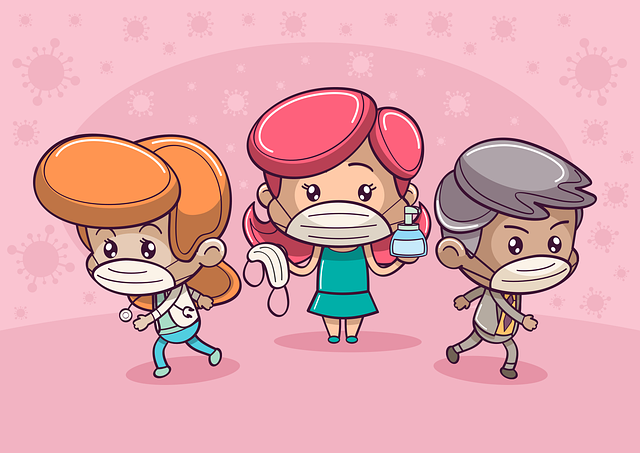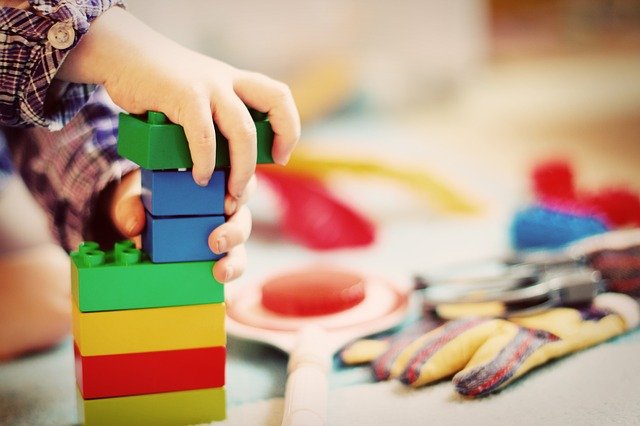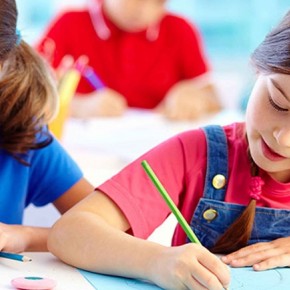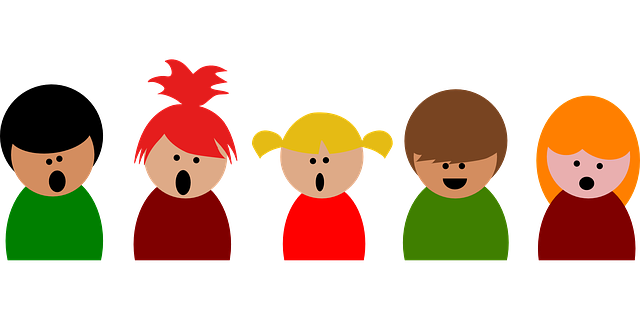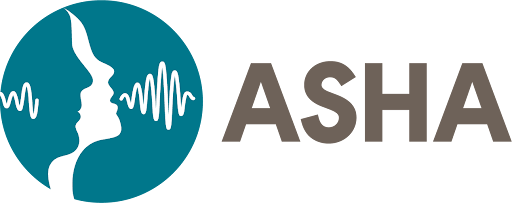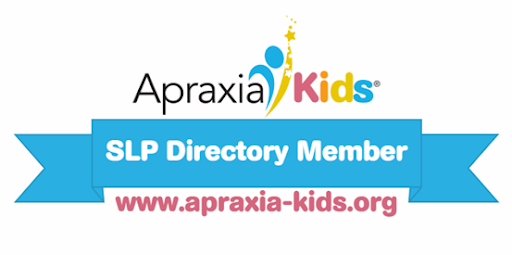
Stuttering Questions
Stuttering issues have a new spotlight, as President Joe Biden has openly discussed his experience with stuttering. This not only normalizes stuttering in the culture, but also provides hope to children and adults across the world who stutter. It’s a great time to revisit what we know about this disorder. What causes stuttering? There is no single cause of stuttering, but ASHA has detailed several correlating factors: Family history – Many people who stutter have a family member who also stutters. Children with family members who continued to stutter into adulthood are more likely to continue stuttering. Brain differences – People who stutter may have slight differences in the way their brain functions while speaking. New research has highlighted important


